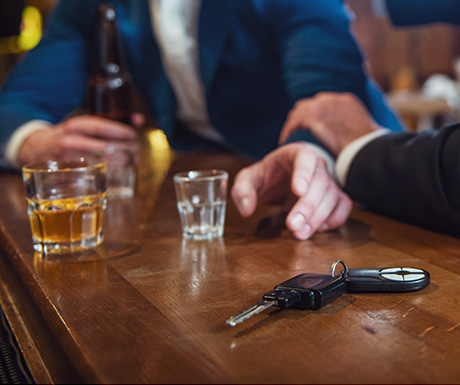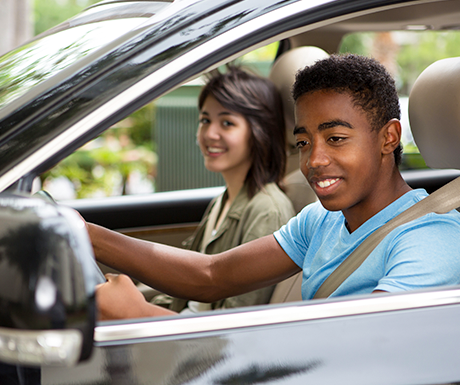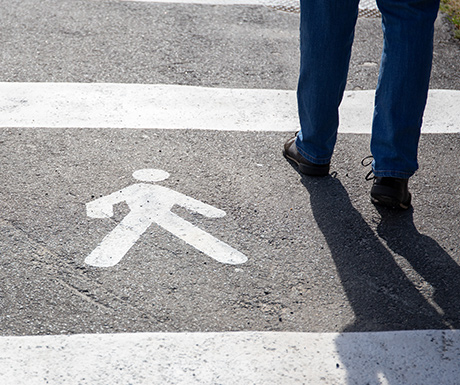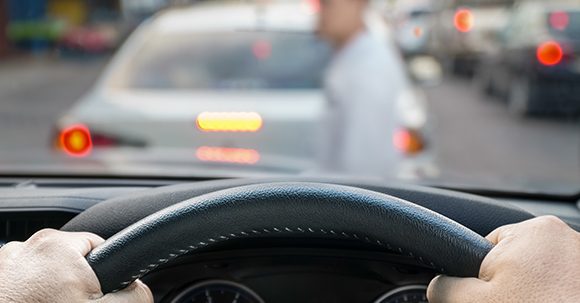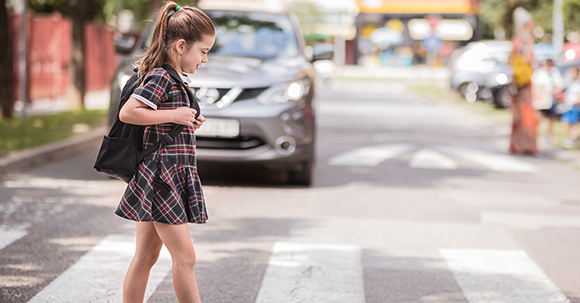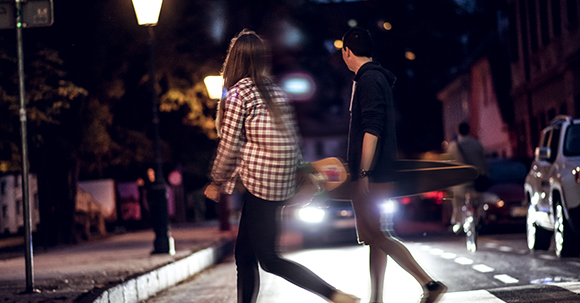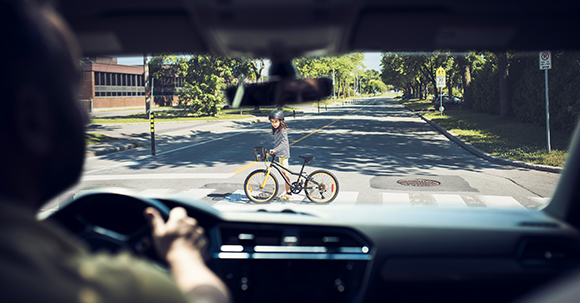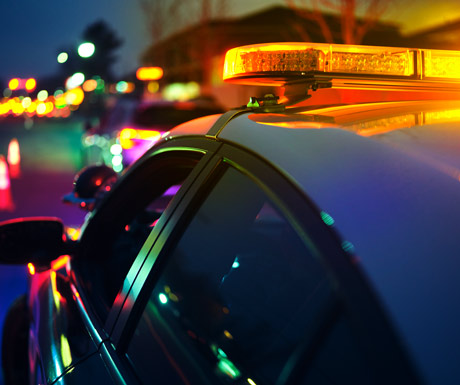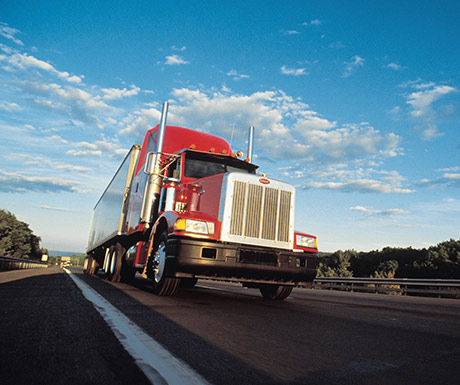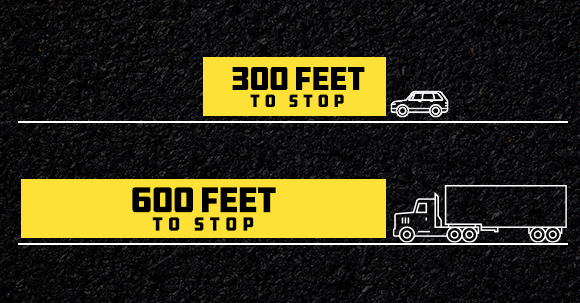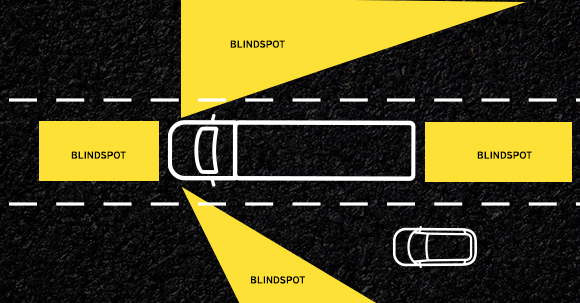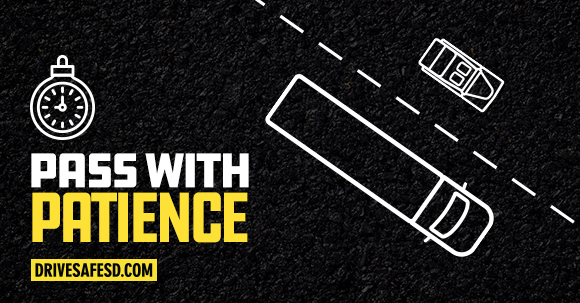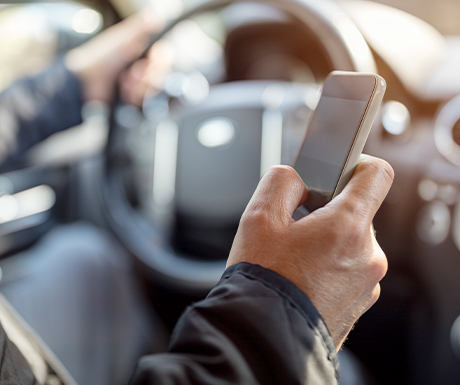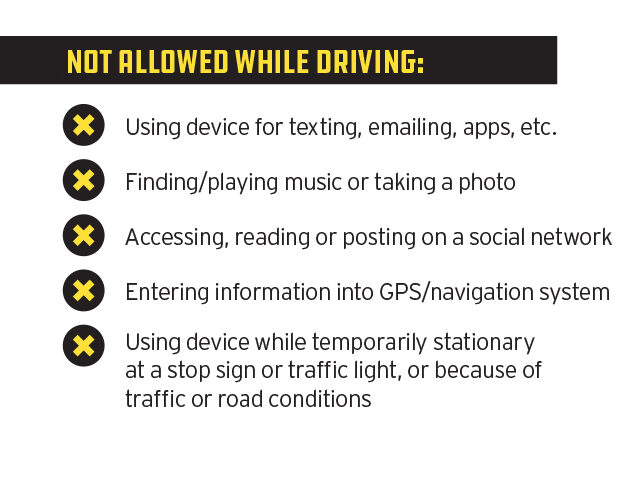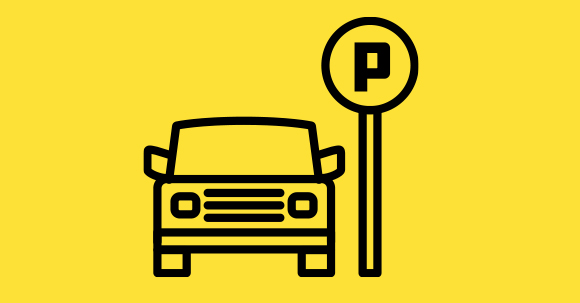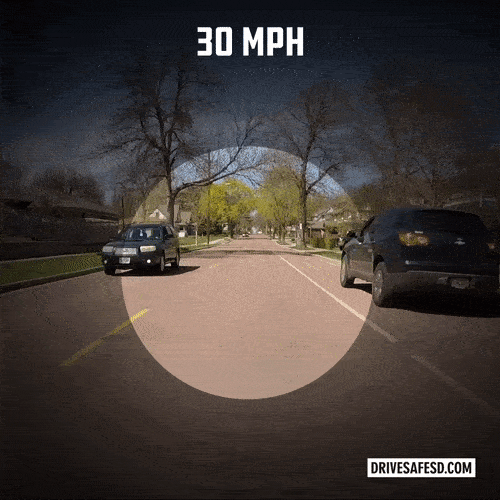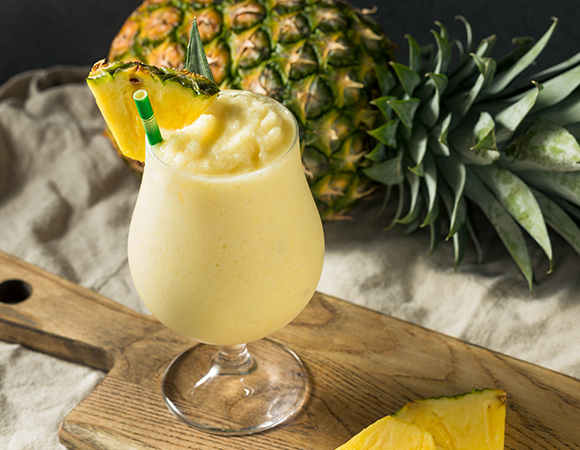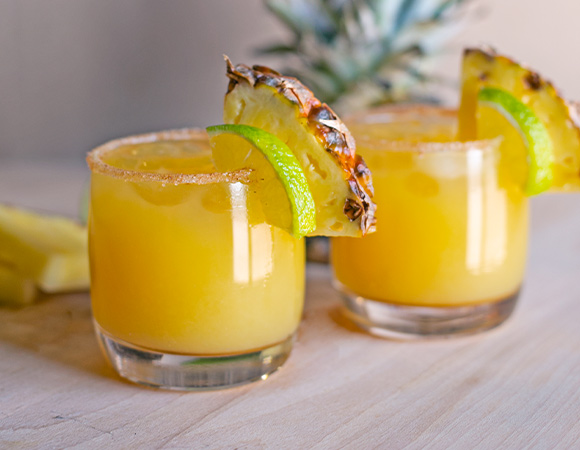
What’s your driving style?
Take our quiz and find out.
Ever wondered what kind of driver you are? Follow the chart below to see.
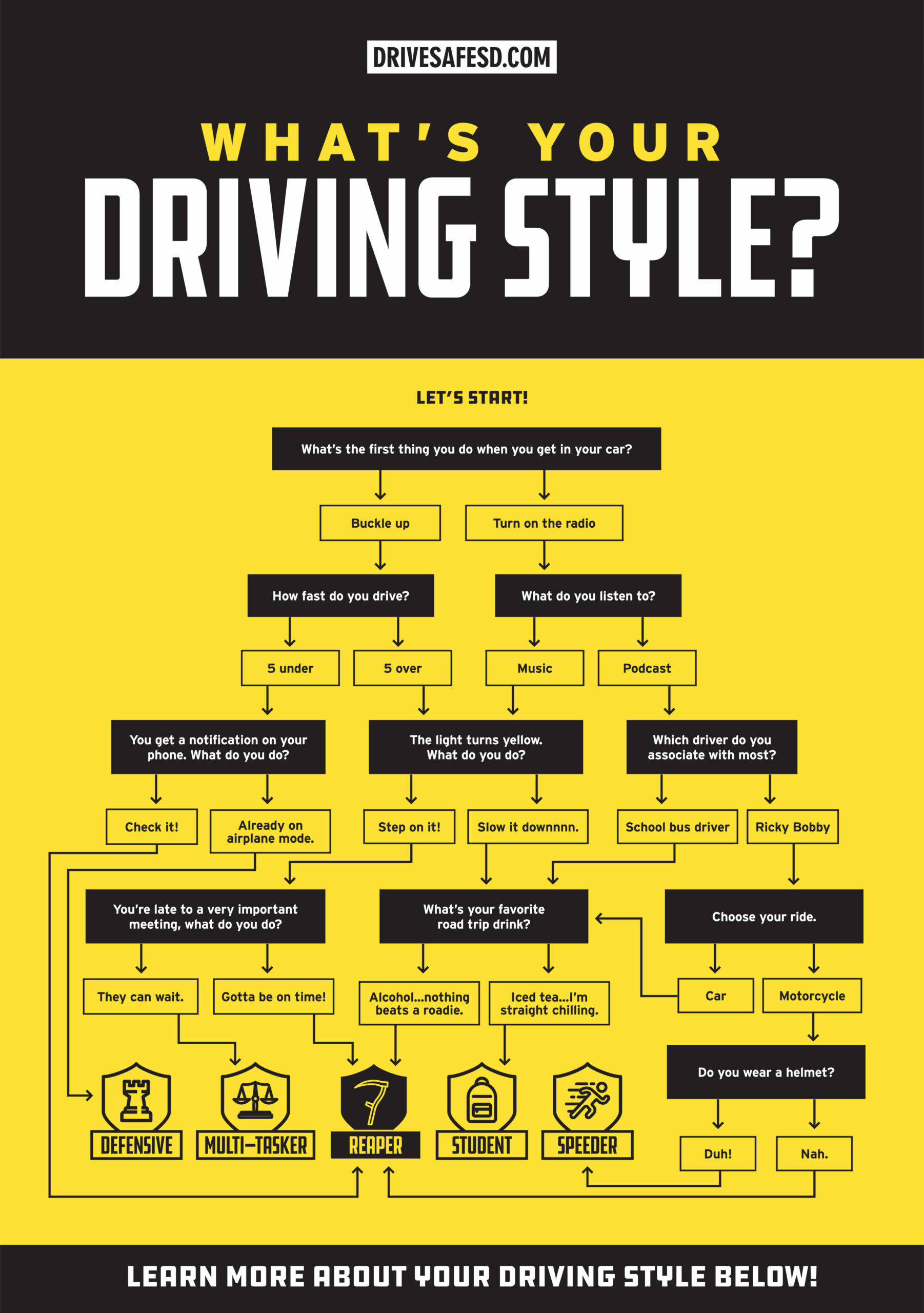
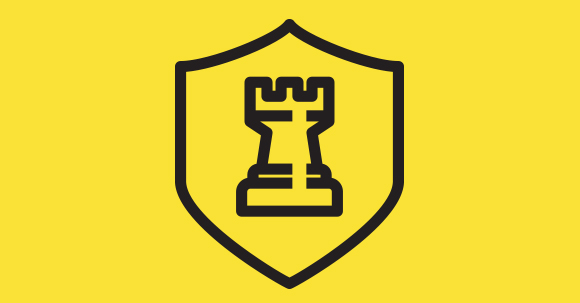
The Defensive Driver
You like being in control of situations and you know exactly how other drivers act. You’re cautious and focused on the single most important thing when behind the wheel: getting to your destination safely.
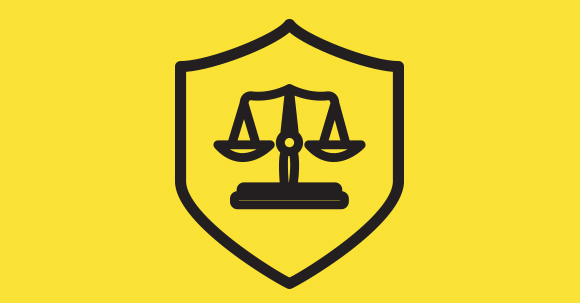
The Multi-Tasker
You feel like you can handle so many things at once, and maybe you have from time to time. Behind the wheel of a vehicle, however, could be fatal. Always keep your eyes on the road: that text message can wait.

The Student Driver
You may or may not be new to the game, but you’re trying to fit in. That might make you nervous behind the wheel, leading to mistakes in judgment. The best way to calm those nerves? Drive more defensively and keep on the right path to road safety.
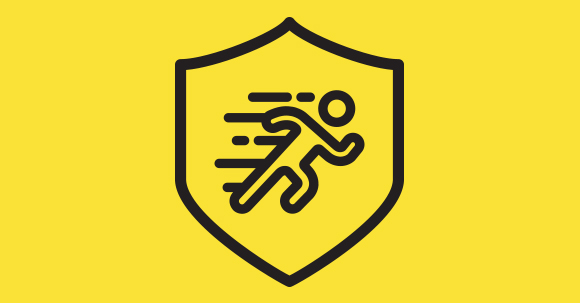
The Speeder
You’ve got the need for speed. Except this isn’t a movie and your actions could have consequences. Speeding contributed to nearly one quarter of all fatal crashes in South Dakota in 2021. Speed limits exist for a reason and should be followed to keep all drivers on the road safe.

The Reaper
Death is always waiting for you to slip up – and if he pays a visit, that means you’re paying the piper. Keep the Reaper at bay by practicing safe driving habits behind the wheel.
